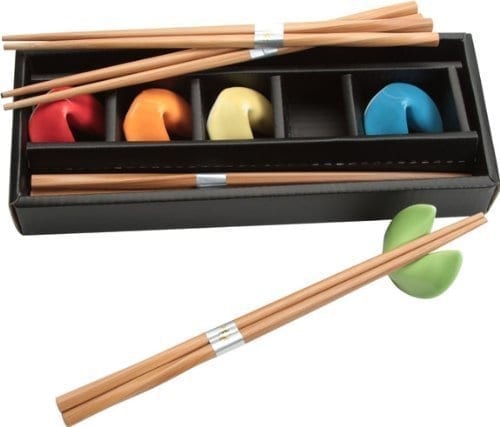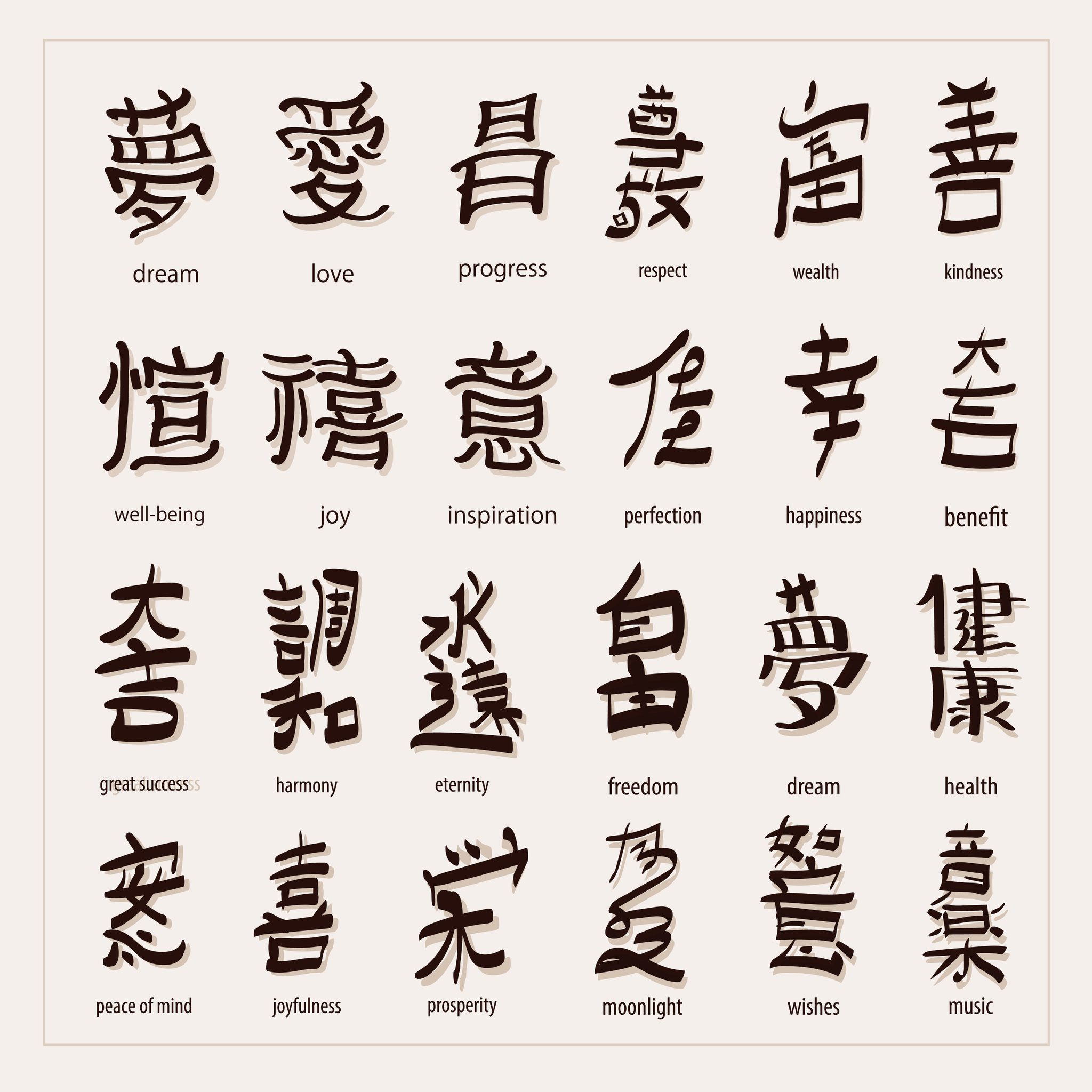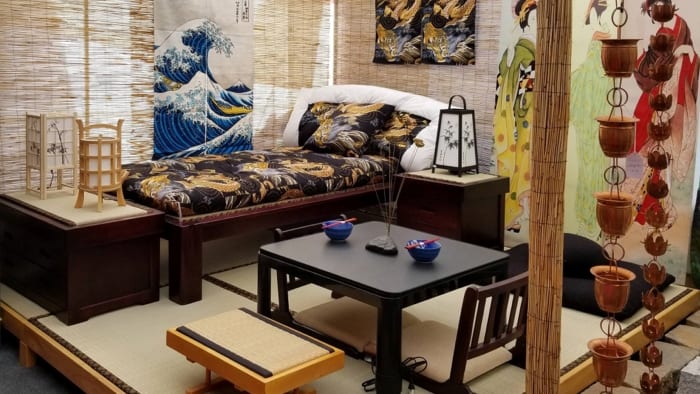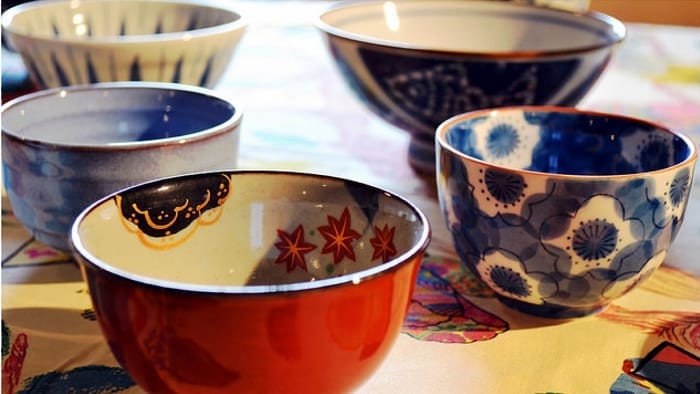Historically, knives were considered weapons in Japan and not utensils used by guests at a meal. Instead of a knife and fork, the Japanese use a pair of smooth wooden sticks called chopsticks to eat their meals. If you have been to a sushi bar or traditional Japanese restaurant, you have almost certainly seen and perhaps used them. Like many aspects of Japanese culture, the practice of using chopsticks has a proper procedure to it.
Holding the Chopsticks
When you pick up your chopsticks, hold them near the wide ends, leaving plenty of room to grasp food with the smaller ends. Hold the upper stick between your index finger and thumb in the same manner as you might hold a pencil. The lower stick should be positioned on your ring finger while resting on the concave space between the thumb and index finger. The lower stick does not move much when the sticks come together; instead, let it rest in place while you move the upper stick to pinch food.

Be Polite when Accepting your Chopsticks
If you use wooden chopsticks, especially the sort that come pre-packaged with your meal and break apart, do not scrape them against each other to remove rough edges. This tells your host that you think the chopsticks are cheap and poorly made — even if they are, it is still considered tactless to rub them together. Make sure you know proper chopstick use when using them.
Choosing Dishes
When choosing dishes from a set of serving places, don’t point at them with your chopsticks or hover your hand near them. Doing so tells guests that you are greedy and can’t wait your turn to eat, which is considered poor-form in Japanese society. Take food from the top of the dish, never digging through the food to get a certain part. As you serve food communally on a serving plate, it is transferred to your personal plate before you eat it.
When you’re not using them
Never use your chopsticks for anything other than handling your food. If you are talking to other people, avoid holding or making gestures with your sticks. If you are provided with a chopstick holder, place the chopsticks there when you’re not using them. If you are not given one, you can place them horizontally on your bowl.
Be sure that your chopsticks are parallel horizontally over your bowl and not crossed together. Never place them vertically into the rice in the bowl. Both acts remind the Japanese of funeral ceremonies, where mourners offer food to the spirits. And chopsticks are placed crossed or vertically in the bowls.

Sharing Food
If you want to share your food with other people at the table, passing from person to person is rude. You pass the cremated bones with chopsticks before they are placed in the burial urn. Instead of taking food from someone else’s chopsticks, for proper chopstick use, ask for the other person to hand their plate to you.
Eating the Food
Always use your chopsticks as a pair and never individually. As you are meant to pinch up bite-sized pieces of food, eat whatever you hold up in one bite. Don’t raise a large piece of food and bite parts off of them. Cut your food with your chopsticks by applying strategic pressure to break it apart.
Soup
When having soup, drink from the bowl or with the large, ladle-like spoon provided with many Japanese soups. If you are eating bits of solid food out of it with chopsticks, don’t swirl your sticks in the broth.
When using chopsticks, always remember that they are not just utensils – they also have cultural meaning for the Japanese. Consider this guide as an important tool not only to respect their culture but also to enrich your dining experience.
Have questions about chopstick use? Email us!



